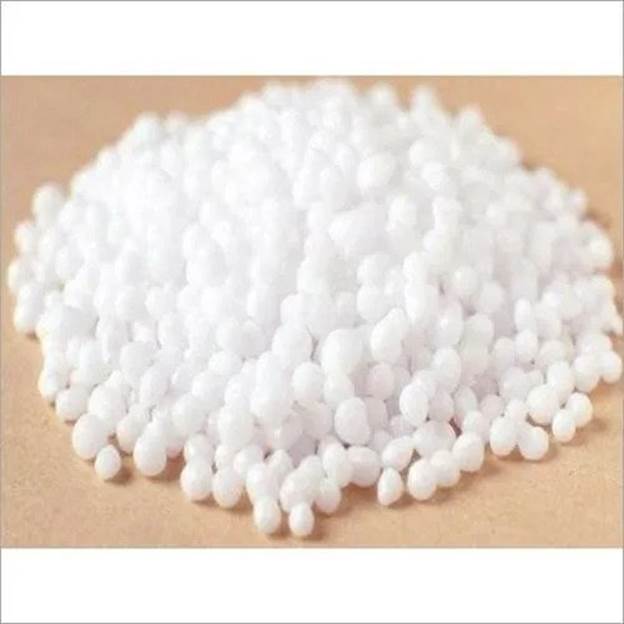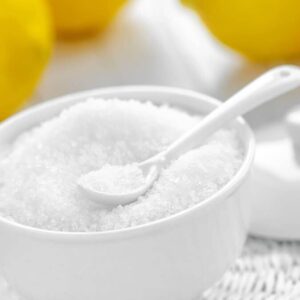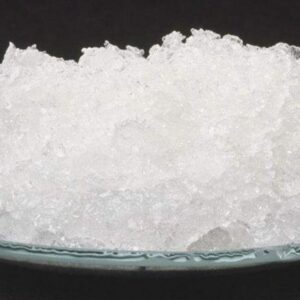Description
Urea-Carbanide Carbonyl
General Information
The organic chemical molecule Urea (also known as carbamide) is a byproduct of protein metabolism. It is a naturally occurring molecule made by the liver breaking down protein or amino acids and ammonia, then excreted by the kidneys as urine. It is a very soluble waste product that the body uses to eliminate excess nitrogen effectively. About 30 grams of urea is excreted daily by the average human, largely in urine but sometimes in trace amounts through sweat. The chemical compound can be synthesized in either a liquid or a solid form, and it is applied in a wide variety of products, including fertilizers, animal feed, and diuretics. It is possible to produce a synthetic liquid or solid form of the compound by combining ammonia and carbon dioxide.
Usage of Urea
Urea is mostly used for the following: 90% of all urea generated is used as fertilizer. Plants get nitrogen from it when it is given to the soil. Foliar fertilization with low-biuret (less than 0.03%) urea is common practice. It can dissolve in water, making it easy to apply to the foliage of plants like fruit trees and citrus bushes. Urea fertilizer’s high nitrogen content is beneficial because it encourages the development of more leaves and stems necessary for photosynthesis. In addition, the protein content of cereals is correlated with the nitrogen content of vitamins and proteins.
Urea can be used in a wide variety of plant cultivations. Fertilizers need it because nitrogen is leached out of the soil during and after harvest. For urea granules to be effective, the ground must be well-worked and full of beneficial microbes. You can apply it whenever you’re ready, but it’s best to do it when you’re planting. In the next step, the urea undergoes hydrolysis and breakdown. The proper application of urea to soil requires attention to detail. Ammonia loses much of its value due to evaporation if it is placed on the surface or isn’t well integrated into the soil through application, rainfall, or irrigation. When plants don’t have enough nitrogen, their photosynthesis slows, and their leaves get smaller.
Applications of Foliar Fertilizer: Although foliar fertilization has been used for centuries, very small amounts are often sprayed compared to the soil, especially regarding macronutrients. However, low biuret urea has been shown in multiple world records to lower soil fertilizer doses without compromising crop performance, size, or quality of fruit. It has been shown through research conducted in Tucumán that foliar applications of urea in low doses are just as effective as soil applications. These results support using fertilizers as part of a comprehensive agrochemical application strategy. Adhesives, plastics, resins, inks, medications, textiles, paper, and metal finishes all contain urea. Urea is a supplemental feed ingredient for cattle because it contains nitrogen, an essential nutrient in the production of proteins. The manufacture of plywood, for example, uses resins like urea-formaldehyde resin. Both cosmetics and paintings benefit from their incorporation.
Urea-Carbanide Carbonyl
Technical data sheet & Chemical Formula
The presence of certain groups in Urea has led to it being referred to as carbamide. Groups? Yes. The chemical bonding of certain atoms into distinct groups is a key concept. There are two amide groups and one carbonyl group in urea. The name “carbamide” (carboxyl plus amide) makes more sense now. For those unfamiliar, a carbonyl group is a carbon atom double-bonded to an oxygen atom. Two hydrogen atoms are bonded to nitrogen in urea’s amide group. It is formed by reacting two amide compounds with a carbonyl group. For those interested, the chemical formula is CH4N2O.
| Temperature 20 C
Odour Odourless Temperature 20 C Melting point/freezing point °C 134 Flashpoint °C Not applicable. Evaporation rate Not applicable. Flammability (solid, gas) Non-flammable. Upper/lower flammability Non-flammable. Vapor pressure 0.002 25 °C Decomposition temperature °C 134 |
Packing of Urea

Packing
Urea is packed in 25 to 250 kg and even more PP bags.
Safety & warning & transportation of Urea
Under typical usage conditions, Urea poses little danger to human health. Do not take in any airborne dust, mist, or vapor. You should keep your eyes, skin, and clothes away from it. Stay away from inhalation and ingestion. It’s best to store these in a cold, dry area.






Reviews
There are no reviews yet.